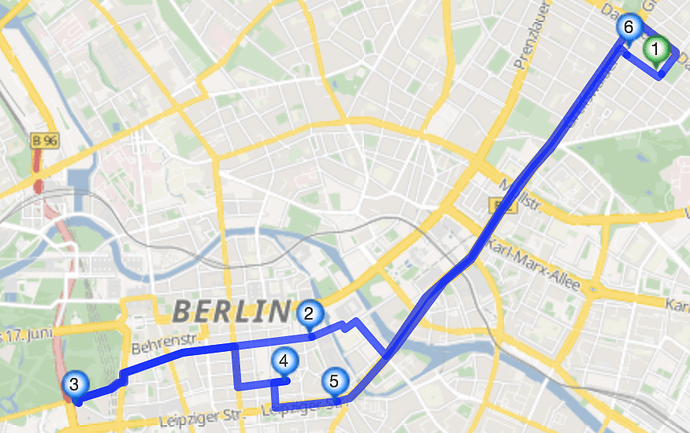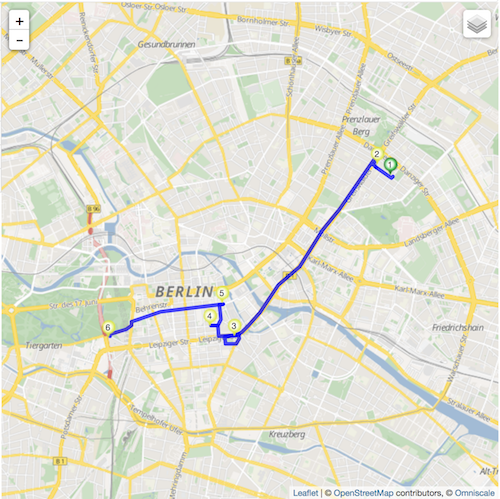Our drivers deliver around 150 parcels per day. They should deliver each parcel as soon as possible on the route. That means delivery addresses located close to the starting point should come first. Addresses far away from the starting point should be delivered afterwards.
However, the Graphhopper route optimization algorithm sometimes navigates the drivers to delivery stops which are quire far away and on the return way lets them stop at waypoints which are located quite close to the starting point of the route.
The algorithm even navigates the drivers to a certain street twice but suggests to stop on the return route instead of the outward journey.
How can we change the requests to fix this problem? The current route suggestions of the Graphhopper algorithm are quite counterintuitive for humans.
Thanks for your support!


